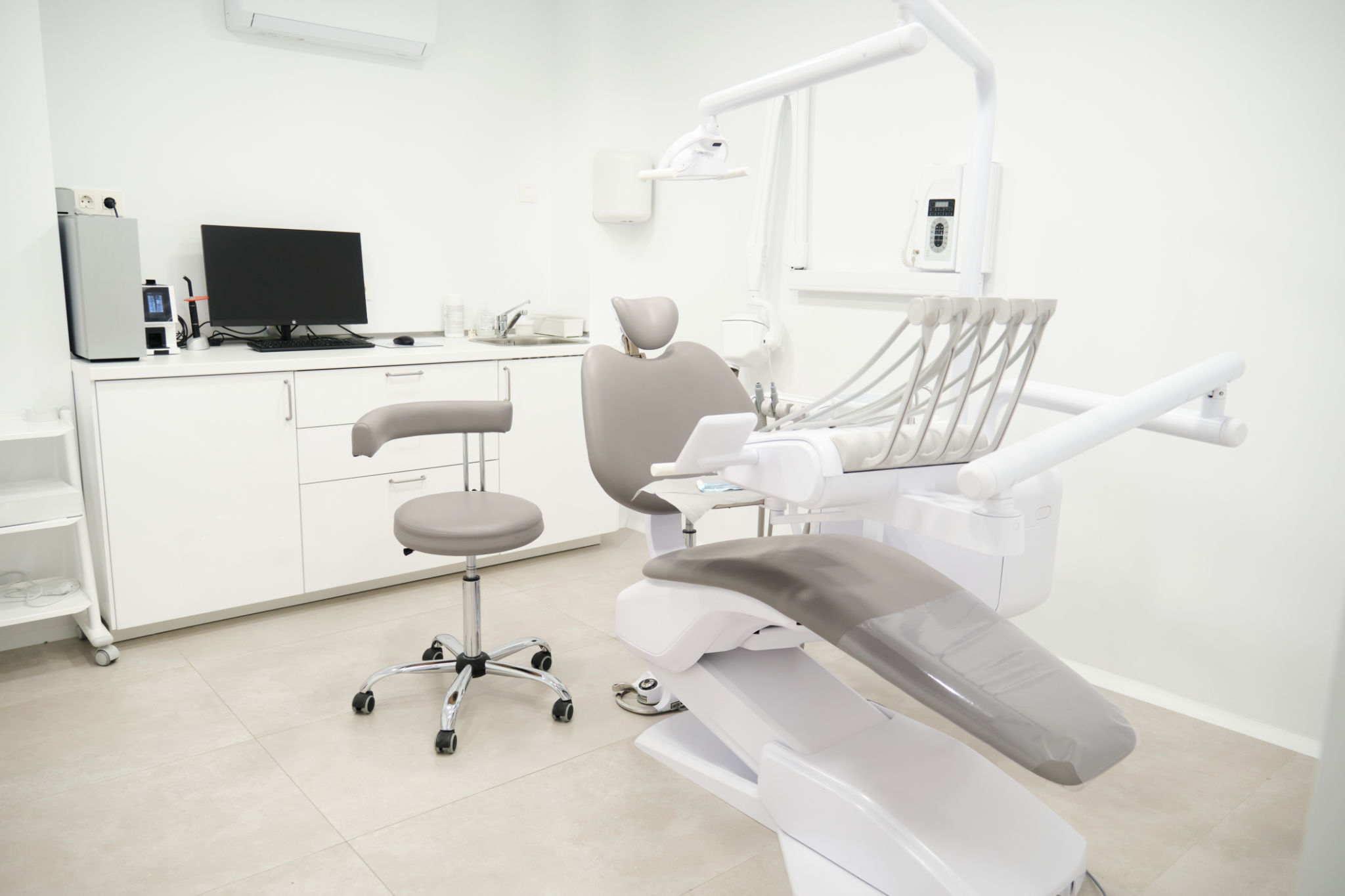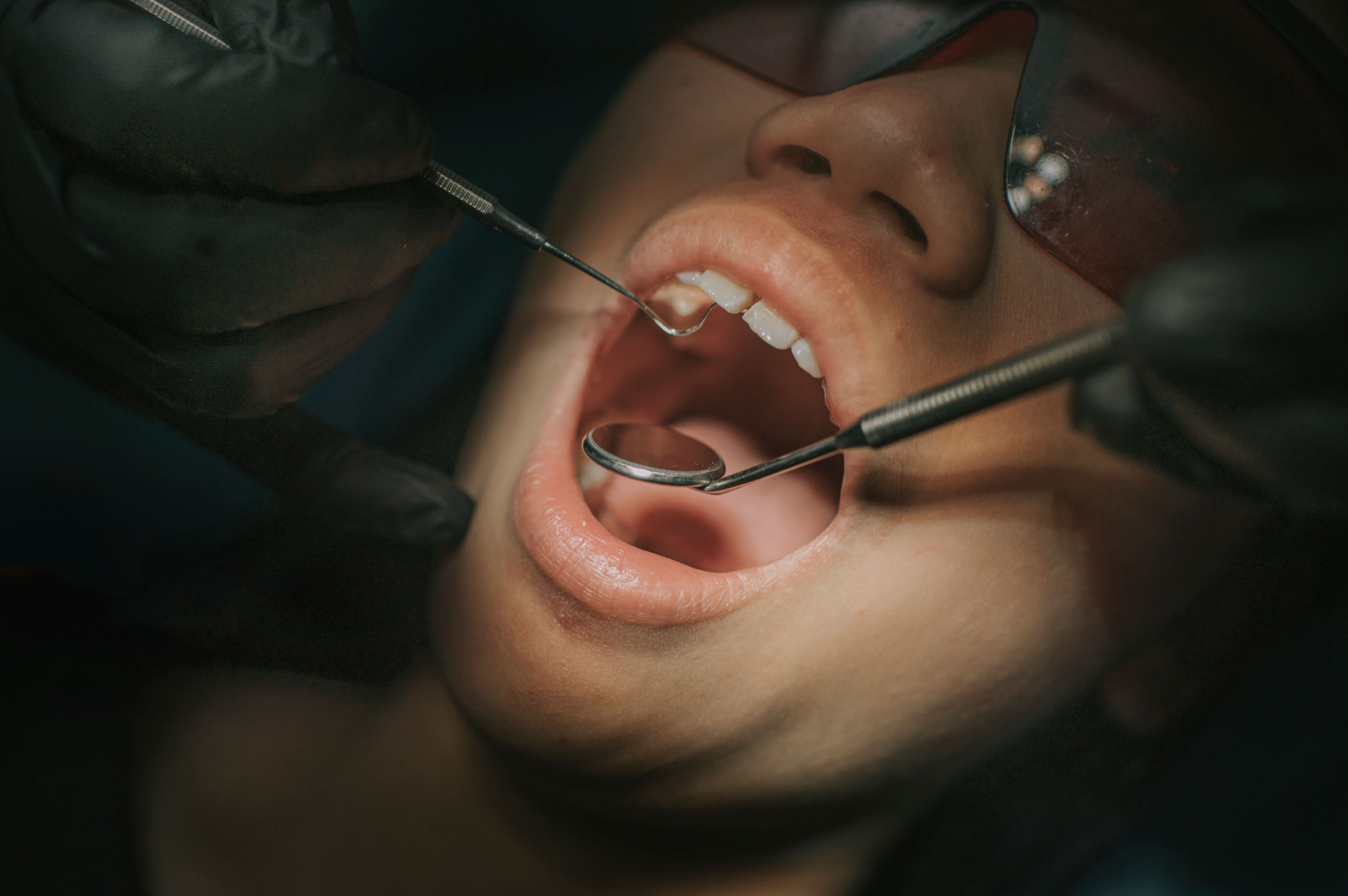Top Signs Your Dental Equipment Needs Repair: A Guide for Bay Area Clinics
Recognizing the Need for Dental Equipment Repair
In the fast-paced environment of Bay Area dental clinics, maintaining fully operational equipment is crucial for providing top-notch patient care. However, even the most advanced dental tools can experience wear and tear over time. Recognizing early signs of malfunction can prevent costly downtimes and ensure uninterrupted service.

Unusual Noises and Vibrations
One of the first indicators that dental equipment may need repair is unusual noises or vibrations. Dental drills, for example, should operate smoothly and quietly. If you notice grinding sounds or excessive vibrations, it could signal a mechanical issue that requires immediate attention. Ignoring these signs can lead to more severe problems and potentially compromise patient safety.
Inconsistent Performance
Another red flag is inconsistent performance of dental devices. If a piece of equipment, such as an X-ray machine or a sterilizer, starts showing erratic behavior, such as taking longer to complete tasks or failing to function at full capacity, it's time to call in a professional. Consistency in operation is essential for the reliability of diagnostic results and patient treatment.

Visible Wear and Tear
Regular inspections of your dental tools can help detect visible wear and tear. Check for cracks, rust, or any signs of physical damage on instruments like forceps, mirrors, and scalers. These seemingly minor issues can escalate quickly, leading to equipment failure or even patient injury. It’s vital to replace or repair damaged tools promptly.
Software Glitches
Modern dental equipment often relies on sophisticated software systems. If you experience frequent software glitches, such as error messages or unresponsive interfaces, it could be an indication of underlying hardware issues. Keeping software updated is also essential for optimal performance and security.

Increased Repair Costs
If you find yourself frequently repairing the same piece of equipment, it might be time to consider a replacement. While repairs can be cost-effective in the short term, continually investing in fixes for aging equipment can be more expensive than upgrading to newer models. Regular maintenance can extend the lifespan of dental tools but knowing when to let go is equally important.
Steps to Take When Problems Arise
When you identify any of these warning signs, take immediate action to prevent further damage. Begin by documenting the issues and scheduling a professional inspection. Having a maintenance log can be beneficial for keeping track of recurring problems and understanding your equipment’s history.
- Step 1: Document all symptoms and issues.
- Step 2: Contact a certified repair technician.
- Step 3: Schedule regular maintenance checks to prevent future problems.

By staying vigilant and proactive about your dental equipment's condition, Bay Area clinics can ensure they continue to provide exceptional care to their patients while minimizing the risk of unexpected downtimes.
